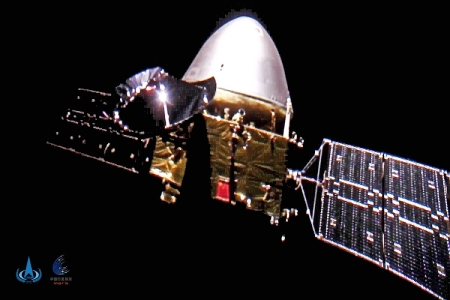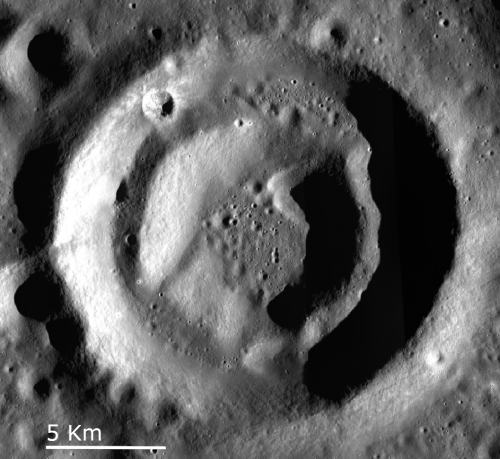Musk: Starlink about to roll out commercial service
Capitalism in space: With the launch earlier this week of another 60 Starlink satellites, Elon Musk has revealed that they now have enough satellites in orbit to soon begin commercial operations.
After yesterday’s launch of 60 Starlink satellites, SpaceX CEO Elon Musk wrote on Twitter that “[o]nce these satellites reach their target position, we will be able to roll out a fairly wide public beta in northern US & hopefully southern Canada. Other countries to follow as soon as we receive regulatory approval.”
Musk did not say when the satellites will reach their target position. SpaceX has over 700 satellites in orbit after yesterday’s launch.
It will like take a few months to get these satellites into position. Regardless, the speed at which SpaceX operates once again has put them ahead of their competitors. OneWeb, the only other similar constellation with satellites in orbit, was once far ahead of SpaceX but has been stalled as it recovers from bankruptcy. Amazon’s Kuiper satellite constellation is so far only a proposal, and like most everything else the company said it would build, has moved forward with the speed of a glacier.
Capitalism in space: With the launch earlier this week of another 60 Starlink satellites, Elon Musk has revealed that they now have enough satellites in orbit to soon begin commercial operations.
After yesterday’s launch of 60 Starlink satellites, SpaceX CEO Elon Musk wrote on Twitter that “[o]nce these satellites reach their target position, we will be able to roll out a fairly wide public beta in northern US & hopefully southern Canada. Other countries to follow as soon as we receive regulatory approval.”
Musk did not say when the satellites will reach their target position. SpaceX has over 700 satellites in orbit after yesterday’s launch.
It will like take a few months to get these satellites into position. Regardless, the speed at which SpaceX operates once again has put them ahead of their competitors. OneWeb, the only other similar constellation with satellites in orbit, was once far ahead of SpaceX but has been stalled as it recovers from bankruptcy. Amazon’s Kuiper satellite constellation is so far only a proposal, and like most everything else the company said it would build, has moved forward with the speed of a glacier.





